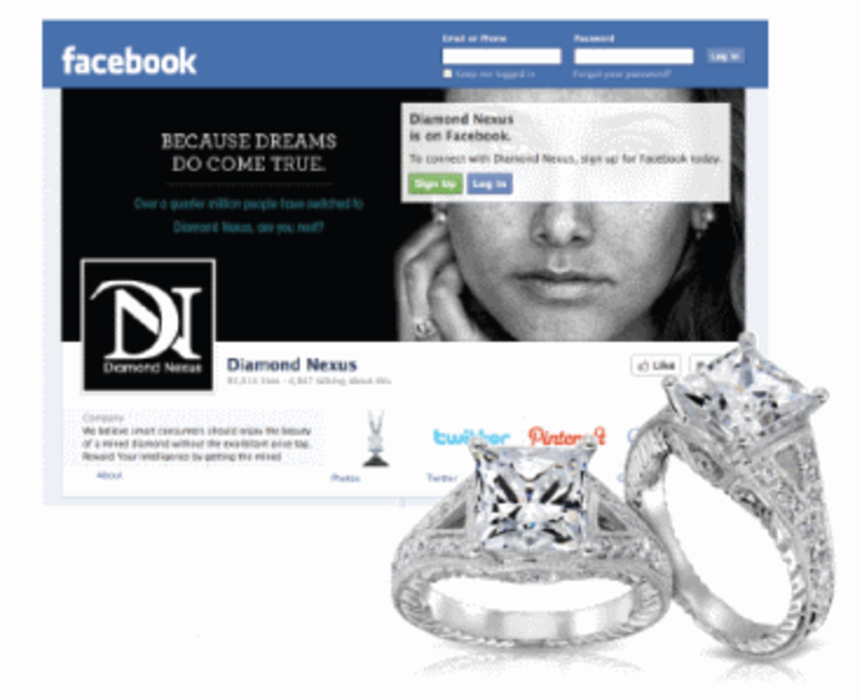According to The Nielsen Company, consumers in the United States spend 20% of their online time and 30% of their smartphone time on social websites. In fact, these fans, pinners, and followers rack up 121 billion minutes on social media each month. And that means brands have to develop smart strategies around managing and deriving insights from this continuous flow of social information.
“It’s totally overwhelming,” says Craig Margolius, senior manager of strategy and brand engagement at luxury automaker Infiniti Business Unit. “There is so much data, and there’s so much sentiment.”
But that social data can improve a brand’s bottom line and customer relationships. For example, Margolius says that social data can provide insight into customer sentiment.
After announcing its decision to change the names of its cars this past December, Infiniti was bombarded with disapproving customer feedback. Recognizing that the company couldn’t respond to each individual complaint, Johan de Nysschen, president of Infiniti Motor Company Ltd., outlined his reasoning behind the decision in a letter he posted himself on Facebook, rather than distributing the letter via press outlets.
“We had people say, ‘I may not agree with you, but I understand why [you made your decision] and I get it. I appreciate you listening and hearing us,’” Margolius says. “The whole sentiment and intonation of a lot of the fans changed almost instantaneously.”
Glittering with data
For jeweler Diamond Nexus the goal of tracking social data is connected more directly to the bottom line: generating new leads and converting those leads into customers.
“What we really care about is driving revenue through social media…to be honest, my CEO doesn’t really care if social media is fun, cool, and engaging,” says Kyle Blades, director of marketing at Diamond Nexus. “He cares if it’s making us money.”
Blades says that having customers see other shoppers like or re-pin a piece of jewelry helps them feel validated in their purchase decision. In fact, according to Blades, customers who have visited a Diamond Nexus social website are 25% more likely to make a purchase than those who haven’t. In addition, Diamond Nexus’s cost per fan is between 25 to 50 cents with a return of around $3, he says.
Along with quantitative data, social provides Blades with qualitative data. By paying attention to both sets, Diamond Nexus identified who its target customer actually is compared to who it was originally perceived to be. The average age for engagement is between 28 and 29 years old in the U.S., so the jeweler originally targeted younger, lower income customers. However, after conducting a few surveys and analyzing Facebook and
YouTube demographic data, such as age and location, Diamond Nexus discovered that its target customer is in her mid- to late 30s and has a higher income than expected. Blades says this demographic information altered the brand’s messaging to be more age appropriate. “Instead of saying, ‘We’re young, cool, and hip,’ we say, ‘We’re the smart decision, and we’re really what the analytical people would do,’” he says.
While social media is used as a channel for outreach campaigns, it has a quieter purpose: improving customer data and correcting assumptions businesses might have about customers. Alison Engel, LinkedIn‘s global marketing director of marketing solutions, says using data available in social channels—including geography, employee role, industry, and company size—can help organizations better target their marketing campaigns.
“A brand’s campaigns and content become highly relevant…as a result of applying the right targeting, [and] delivering the appropriate message and content,” Engel says.








